workflow
We are working according tothe best standardswhat makes deliverables to our customers easy and understandable
workflow scheme

We are working according tothe best standardswhat makes deliverables to our customers easy and understandable
workflow scheme


The initiating process determines the nature and scope of the project. This phase includes ascertaining the Stakeholder's project requirements, and includes:
The goal of a user story is to deliver value to the client or internal team. Stories need to be written so it is apparent what needs to be addressed for the user story to be considered complete. This process includes writing a brief but clear description, and including links and/or screenshots to illustrate an issue, where appropriate.
For Jira tasks, we also include a list of acceptance criteria within the story, so the developer knows what is expected, and the person in charge of QA knows what to look for when reviewing it. Additionally, it's a good idea to include which team role the story pertains to. So, for example, the story could begin by stating, "As a customer..." so it's clear from the start who is expected to complete the task.
As you can see, the story description explains what needs to be done in a clear, concise manner, and then continues with a list of acceptance criteria that need to be met for the story to be considered complete. Again, it is useful to include a link to the referenced pages and/or a screenshot of the problem.
Creating low-fidelity prototypes is the crucial part of the development process. During this process, the UX designer creates a skeleton of the application with close attention to all the small features and possible exceptions.
Useful and beautiful UI one of the most important parts of the product development process. Creating visible UI to end users include:
Development is a core process in product creation. During the development process, tech leads start organizing the code styles and code reports. Project managers prepare the two-week sprints and arrange grooming and daily meetings. Developers start creating the code base, and QA specialists begin to test the system.
Project documentation is crucial for maintaining, supporting, and scaling the project. We create comprehensive documentation that includes: